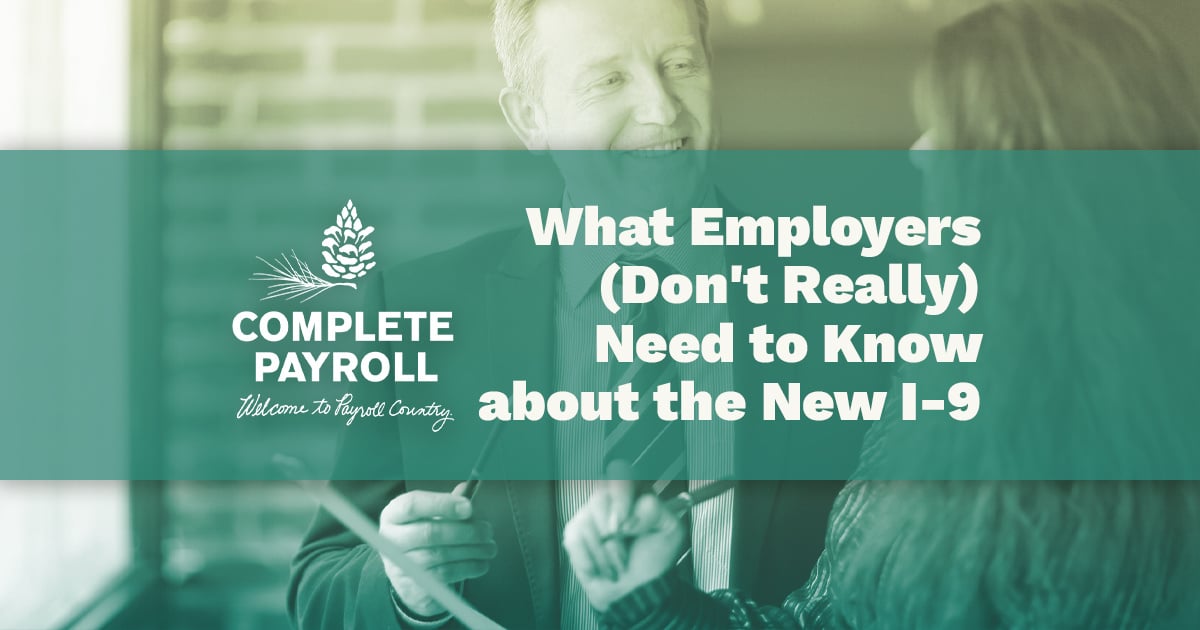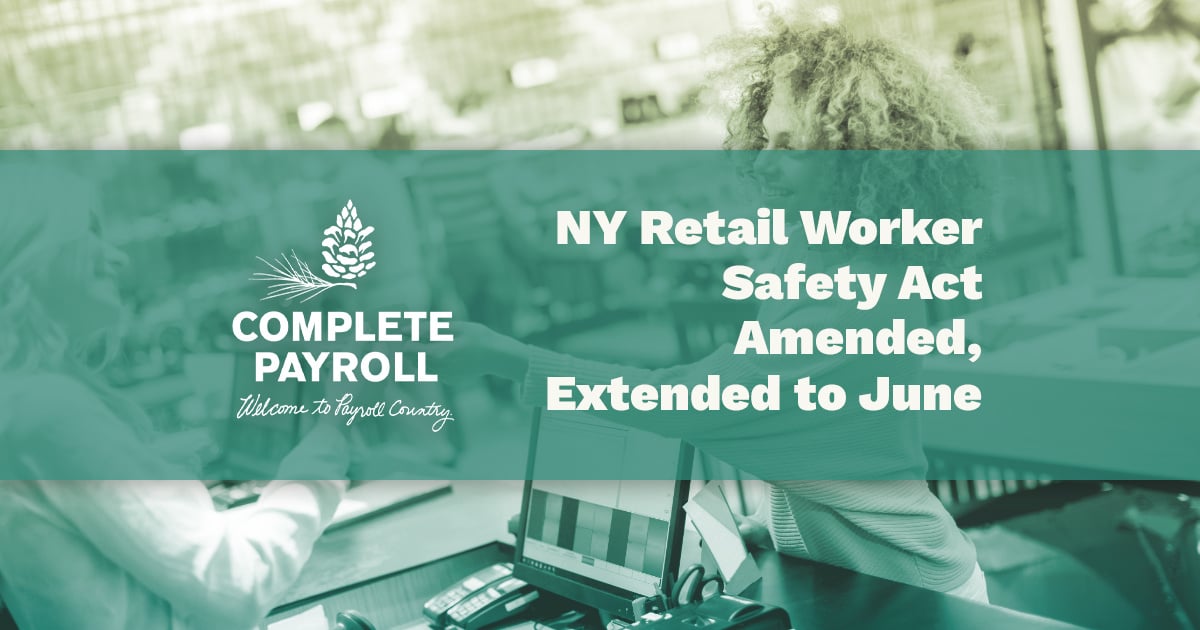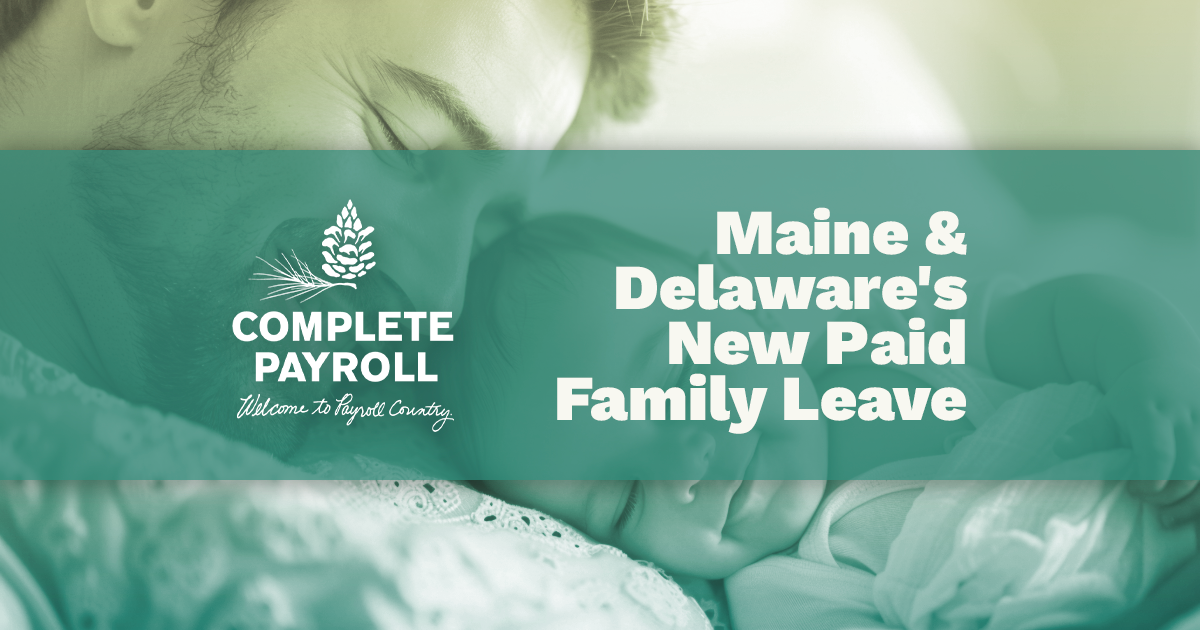Every year, the Equal Employment Opportunity Commission requires your human resources department to file an EEO-1 report. The file contains data on your workforce’s gender, race, ethnicity, and job tier makeup to help enforce equal rights laws and track employment trends. If you’d like more information on the process, we’ve written extensively about it here.
It’s easy to simply go through the motions and file your EEO-1 every year without ever wondering why, but there’s a long history to the report. At the end of our blog series on the EEO-1 report and the EEOC, we’ll talk a little about how it came to be and its role in the history of civil rights.
The Formation of the EEOC
The Equal Employment Opportunity Commission was created in 1965, thanks to the Civil Rights Act and largely bolstered by the civil rights movement. The Commission was designed to combat workplace bigotry, favoritism, and discrimination against “immutable characteristics” (or put simply, anything someone cannot change about themselves) in the United States. To do this, the EEOC would form investigations in response to complaints. It certainly had its work cut out for it -- probably more than most lawmakers expected.
The EEOC started as a small team of only 100 people working on the nation-wide backlog of nearly 1,000 complaints of employment discrimination, most of which had been provided by the National Association for the Advancement of Colored People (NAACP). The workload was expected to increase the following year by another 2,000 charges, but the EEOC quickly learned that estimate fell grossly short of the real number when another 8,852 charges were received.
The office of the EEOC had to investigate these charges all while developing the standard procedures, processes, and languages to handle the complaints -- it was all new ground for the government. To make matters more difficult, the EEOC didn’t have many enforcement powers and was often referred to as the “toothless tiger.” But the EEOC did have a series of early victories that helped define equal rights in the workplace going forward.
During its first year, it signed “conciliation agreements” with 111 employers (most of which were located in the deep south) to desegregate restrooms and cafeterias.
A famous agreement in this batch was with the Newport News Shipbuilding and Drydock Company. The agreement desegregated all of the companies buildings for around 5,000 black employees, as well as securing equal pay and the opportunity to enroll in training programs (which were necessary for promotions). It also established disciplinary measures for white employees who attempted to maintain segregation through intimidation.
The EEO-1 and New Discoveries
In 1966, the EEOC decided to take advantage of some of the powers that the Civil Rights Act did give to it. It mandated that any employers with more than 100 employees would have to report data about employee race, ethnicity, gender, and job type. The first version of this report only allowed for five racial/ethnic groups and had nine basic job categories which included laborers, craft workers, technicians, professionals, and managers.
This was the EEO-1. With the information provided regularly, the EEOC would be able to more accurately assess the complaints it received and even pro-actively analyze certain industries and trends to spot areas of discrimination before complaints were filed. The EEOC would be able to track this information by industry, job type, and even region. It was more successful than anyone expected.
Almost immediately, the EEO-1 turned up large discrepancies in major industries across the country. Some examples include:
- Of New York City companies reporting in 1967, almost 43% of them didn’t have a single black worker in a white-collar position, and over 45% didn’t have a single Puerto Rican or other Spanish-surnamed individuals in any white-collar position.
- In North and South Carolina, 99% of African Americans were in the lowest-paid job categories and only 2.3% of African Americans were in craftsman or foreman positions.
- The utility industry employed the least minority workers among the largest 23 U.S. industries.
As the EEOC continued to successfully handle its cases, it’s workload began to rise. Between 1966 and 1970 the number of discrimination cases the EEOC handled rose from 8,854 per year to 20,310 per year. At the present day, the EEOC averages about 80,000 claims per year. The notion of civil rights in the workplace began to expand to include disabled individuals as well as the LGBTQ+ community.
We live and breathe human resources because we care about people. Want more information about the EEO-1, or help filing yours this year? Let the experts help! Reach out to the team at Complete Payroll today for a consultation.


















 Get Instant Blog Notifications
Get Instant Blog Notifications


